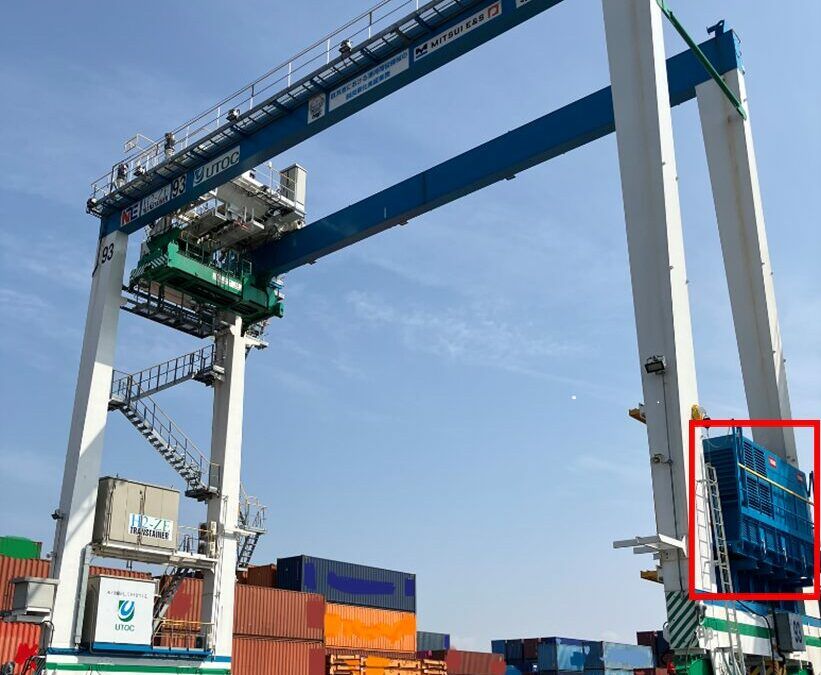The Port of Barcelona has become the first port in the Mediterranean and one of the first in the world to use ISO 14064 to calculate the carbon footprint of all activities carried out in the port territory.
As disclosed, the first calculation of this footprint, corresponding to the year 2022 and certified by classification society DNV, has been 495,356 tCO2eq, of which 349,399 tCO2eq correspond to the activities that were previously included in the port’s carbon footprint and 145,957 tCO2eq come from the new activities incorporated, such as industry, port works and ship waste.
Specifically, in this first study, the greenhouse gas emissions of the following categories have been calculated:
- Ships: the main contributor, with 64% of emissions: entering and leaving the port, staying at the docks and anchoring.
- Port concessions and others: contributing 29% of emissions, including terminals, logistics warehouses, industrial activities, port services and the Port Vell concessions.
- Construction and waste: these represent 4% of emissions and include the production and transport of construction materials and the consumption of machinery used in port works, as well as the management of MARPOL waste from ships.
- Land mobility: these represent 3% of total emissions, coming from the daily entry of industrial trucks and tractors, as well as from passenger cars and trains operating within the port.
Note that, according to the Port of Barcelona, the carbon footprint certified by DNV according to the ISO 14064 standard guarantees that the calculation process has been carried out following international standards, thus ensuring the reliability of the data and its comparability in future years.
Read the full story in the original source: Offshore Energy




